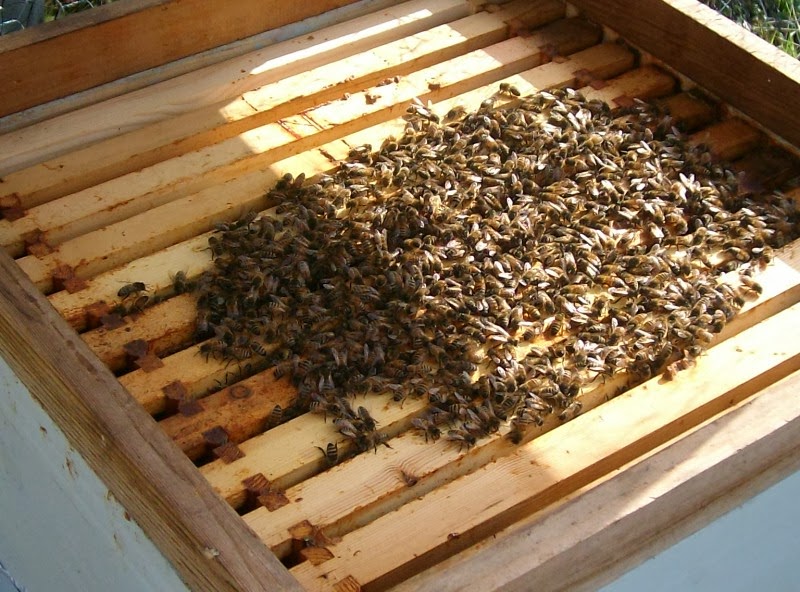The Maidstone Ramblers led such a walk last week and having driven down to Folkestone, met up to take the train to start at Dover. After the initial climb out from the station to the outskirts of Dover, we passed the 1804 Drop Redoubt, built as a defence again the impending Napoleonic invasion and reinforced in the 1850's.
Interestingly, the gun directions also face inland. The commandos were secretly here in WW2, in order to blow up Dover harbour in the event of an invasion.
Looking at one corner of the massive pentagon of defences –
earth covered against mortars
A hazy view across to Dover Castle
A view west over the A20, towards the coastal path rising above the
cliff top allotments
A view east back towards Dover, looking down on the rail
track that runs under the cliffs
The A20 -the main route to/from the ferries to Europe
The cliff top path sometimes perilously close to the edge – here is
a 'fresh' cliff fall as seen by the bright chalk face
Setting off west along the N.Downs way along the cliff top
Looking back – with the line of ventilation shafts for the railway
that runs under the cliffs
World War 2 defence bunker – looking out to the Channel
Another WW2 defensive structure – what is it? Answer at the end of
the post
Yellow gorse. A sign of spring arriving on what was a lovely day!
Looking at the erosion of the softer chalk cliffs
The (almost) white cliffs of Dover
Further
along the N.Downs Way, we came across a Memorial to the Battle of
Britain.
It
was an evocative area to remind us of the bravery and sacrifice given
by the men and women of the RAF to defend our shores in the gravest
period of WW2.
Reminders of our past
Supermarine Spitfire Mk1 (Replica) R6775 XT-J
A Martello Tower – on the eastern edge of the Folkestone – built
around 1805 as a defensive chain of towers to rebuff the expected
Napoleonic invasion
We finished our walk back to Folkestone Station and the car. This took us through the older town streets, where I spotted a sign of my patron saint! A great way to finish!
St.Anthony of Padua
Answer
to Question above: This concrete dish-shaped structure was one of
number built prior to World War 2 and the invention of radar. The
concrete acoustic mirror was an early warning devices with the aim of
detecting incoming enemy aircraft by the sound of their engines.























































